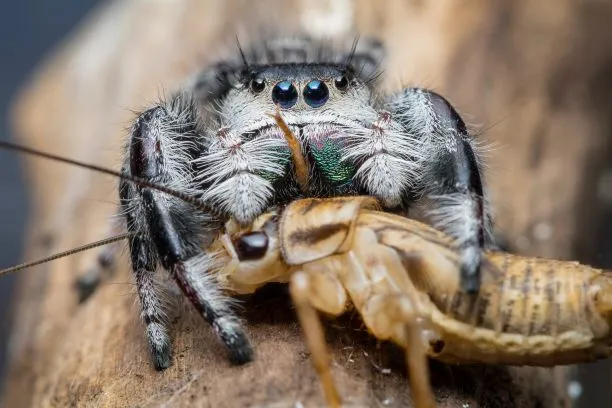What Red Tarantulas Eat
Understanding the dietary needs of a red tarantula is crucial for its health and longevity. These fascinating creatures are obligate carnivores, meaning their diet primarily consists of animal protein. In the wild, their diet varies depending on the environment, but in captivity, you have complete control over their food source. Providing a balanced and appropriate diet ensures your red tarantula thrives and displays its vibrant coloration. It’s important to research and prepare the proper food source for your tarantula to meet all its needs, and this includes understanding the nutritional value of different food, as well as the size and frequency of feedings to ensure proper health for your tarantula.
Crickets and Roaches
Crickets and roaches are staples in a red tarantula’s diet due to their availability and nutritional profile. Crickets are relatively easy to obtain from pet stores or online suppliers, making them a convenient food source. Roaches, such as Dubia roaches, are another excellent option, often considered more nutritious than crickets. They contain a higher protein content and are less prone to jumping, which can be beneficial when feeding. Always ensure the insects are gut-loaded with nutritious food before feeding them to your tarantula. This process involves feeding the crickets or roaches high-quality food like vegetables and commercial insect food, thereby enriching their nutritional value for your spider. Always be sure the insects are cleaned of any pesticides as this can kill your tarantula.
Nutritional Value
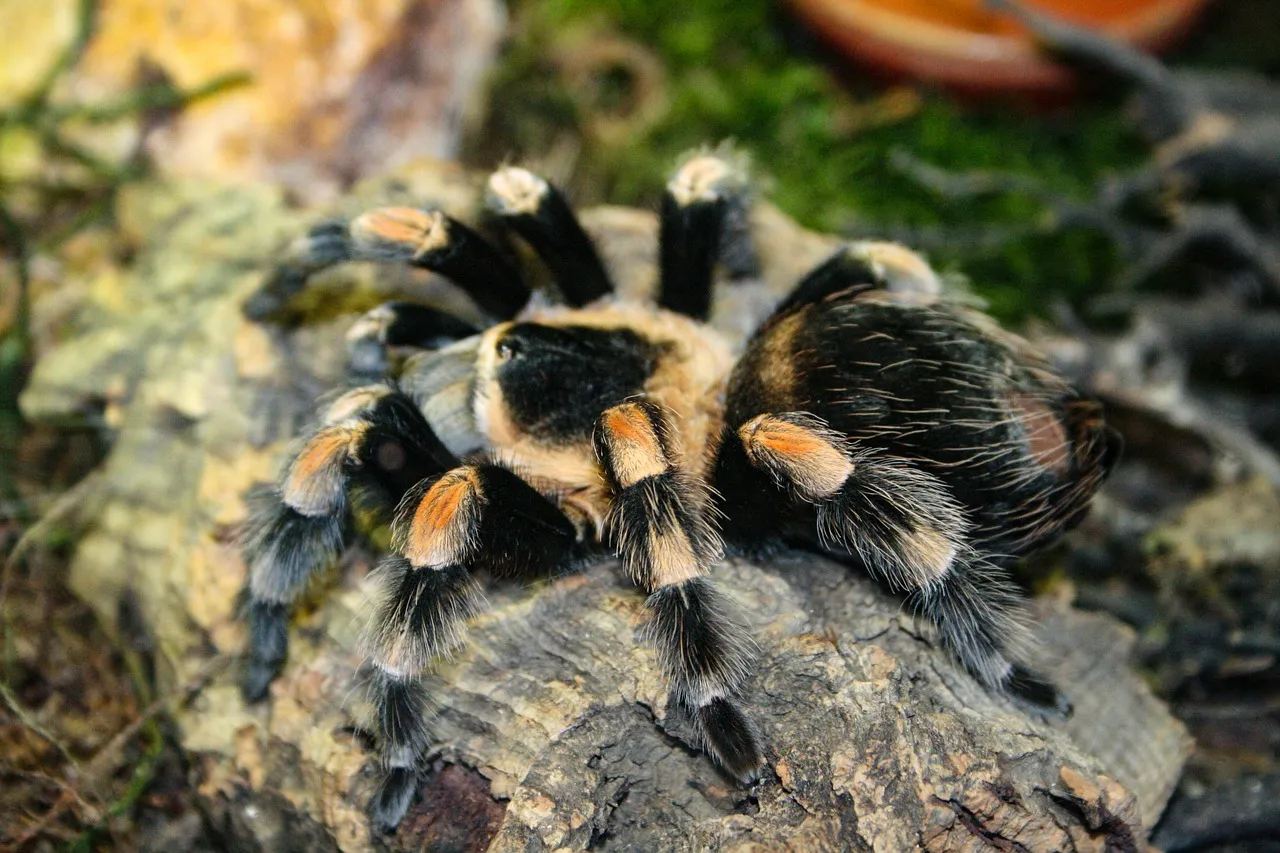
Crickets and roaches offer a good balance of protein, chitin (for exoskeleton support), and other essential nutrients. However, their nutritional profile can vary depending on their diet. Gut-loading the insects before feeding them to your tarantula is highly recommended to boost their nutritional content. This ensures your red tarantula receives a well-rounded diet. Variety is also essential. While crickets and roaches form the foundation of their diet, supplementing with other insects and occasional treats is beneficial. A varied diet will help ensure that your red tarantula receives all the vitamins and minerals it needs. Regularly checking your tarantula’s body condition and adjusting the diet accordingly is essential to keep them in good health.
Mealworms
Mealworms are another readily available food source, though they have a different nutritional profile compared to crickets and roaches. Mealworms are high in fat, so they should be offered in moderation. Feeding your red tarantula too many mealworms can lead to obesity. They are also relatively easy to breed at home, which can provide a continuous supply of food. However, they are less nutritious compared to the other food sources. Consider them as an occasional treat or a supplement to a primary diet of crickets or roaches, to keep your red tarantula in the best health possible. Be sure to consider the size of the mealworm to the size of your red tarantula. Always remove any uneaten mealworms to prevent them from burrowing into the substrate, which can stress the tarantula and potentially damage its habitat.
Pros and Cons
Mealworms are convenient and easy to store, making them an accessible food source. They can also be a good option for smaller or juvenile tarantulas. However, their high-fat content can lead to health issues if overfed. They have less protein and other essential nutrients compared to crickets and roaches, so they should be used as a supplementary food option. When feeding mealworms, be mindful of the amount and frequency to maintain your tarantula’s healthy weight. Variety in your red tarantula’s diet is key. Balance is essential to ensure the overall health of your spider, and this can be achieved by monitoring the diet and the frequency of the feedings, as well as a clean habitat.
Other Insects
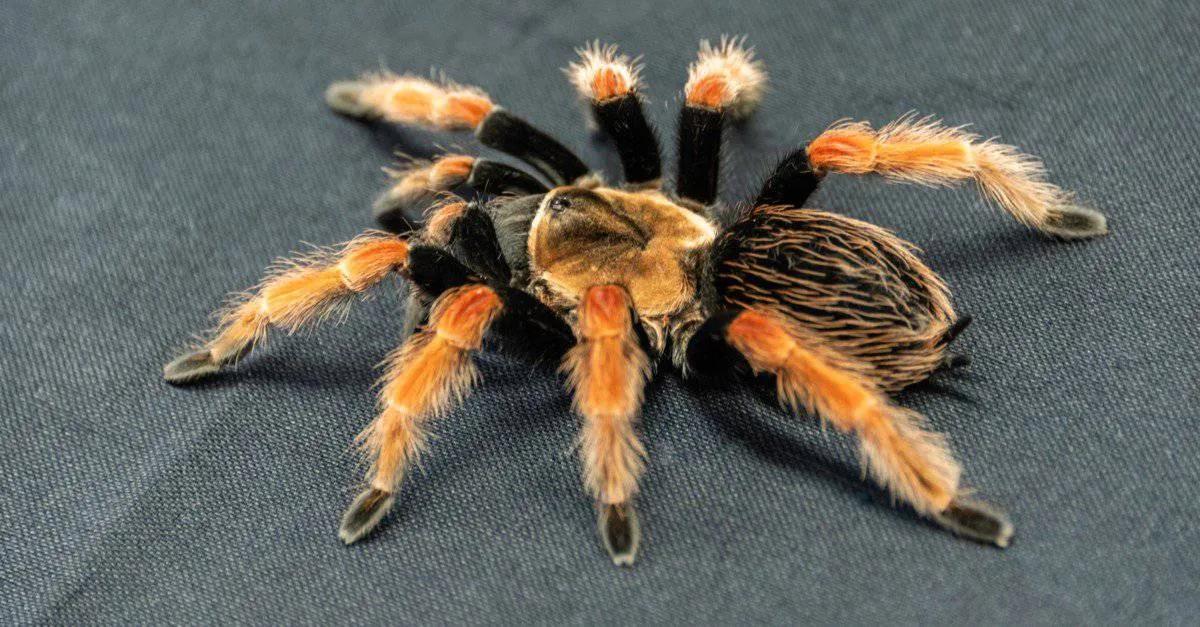
Beyond crickets, roaches, and mealworms, red tarantulas can consume a variety of other insects. Other options include grasshoppers, waxworms (as treats due to their high-fat content), and various types of beetle larvae. The key is to ensure the insects are safe, appropriately sized, and free from pesticides. Wild-caught insects should be avoided due to the risk of exposure to harmful chemicals or parasites. Always source insects from reputable suppliers or breeders to minimize health risks. A diverse diet ensures your tarantula receives a wide range of nutrients. It also offers mental enrichment for the spider, stimulating their natural hunting instincts.
Feeding Frequency
The feeding frequency depends on the age and size of your red tarantula. Spiderlings and juveniles require more frequent feeding, typically every 2-3 days, while adults can be fed every 5-7 days or even less frequently. The key is to observe your tarantula’s body condition. A healthy tarantula should have a plump abdomen. If the abdomen appears too thin, it may indicate insufficient feeding, or that they may be getting ready to molt. Adjust the feeding schedule accordingly. Remove any uneaten food within 24 hours to prevent mold growth in the enclosure. Also, ensure that the food source is the correct size to your tarantula. If it is too large, the tarantula might not eat it and it can cause stress.
Mammals
Red tarantulas are primarily insectivores, and while they might eat small mammals in the wild, it is not recommended to feed them to your pet. Pinkie mice can carry parasites, making it unsafe for your spider, and their nutritional profile is not suitable for regular consumption. It’s best to stick to a diet of insects to maintain their health and well-being. If you are considering feeding them a larger meal, remember that they can refuse to eat for weeks or months. Always have fresh water available and be patient. Keeping the red tarantula on a diet of insects is not only safer but also more aligned with their natural dietary needs.
Prey Size
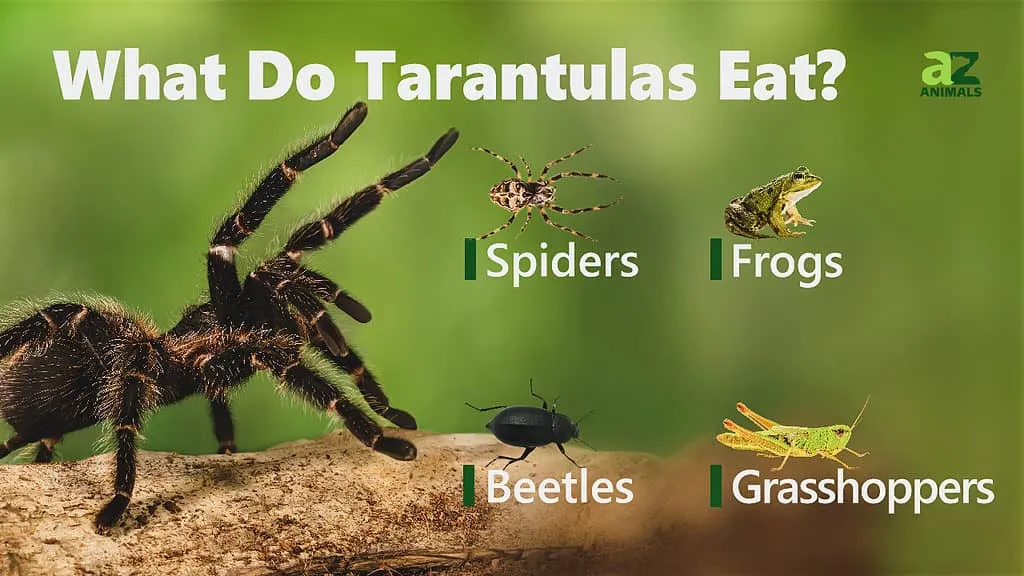
The size of the prey is very important to a red tarantula. Offer insects that are roughly the same size as your tarantula’s abdomen or slightly smaller. Prey that is too large can stress the tarantula, making it difficult or impossible to consume. Always monitor your tarantula during feeding to ensure it can successfully capture and eat the prey. Adjust the prey size as your tarantula grows. As they mature, they can handle larger insects. A good rule of thumb is that the prey should be no longer than the tarantula’s body length. This avoids overwhelming the tarantula. Also be careful to watch for the molting cycle, as a tarantula will not be able to eat during this process, which can take weeks.
Supplements
While a varied diet of insects provides most of the necessary nutrients, supplements can be beneficial. Calcium and vitamin supplements can be dusted on the insects before feeding. This ensures that your tarantula receives adequate levels of these vital nutrients, particularly if their primary food source isn’t fortified. Supplements can help prevent deficiencies and promote overall health. Over-supplementation should be avoided, as it can be just as harmful as a deficiency. Always follow the instructions on the supplement packaging and consult with a veterinarian or experienced tarantula keeper for personalized advice. Monitoring your tarantula’s health and behavior is crucial for deciding if and when to use supplements.
Calcium and Vitamins
Calcium is crucial for the formation of the exoskeleton, as well as in muscle function. Vitamin D3 helps the tarantula absorb calcium. If these supplements are not used, or not enough calcium is consumed in the diet, this can cause issues while molting. Deficiency can lead to weak exoskeletons and difficulties during molting. Vitamin supplements, especially A and D, can ensure your tarantula receives adequate levels. It is best to rotate different supplements to cover all of the nutritional needs. Many pet stores offer reptile and insect-specific supplements. Be sure to research all supplements before using them to ensure the best health for your red tarantula.
Hydration is Important
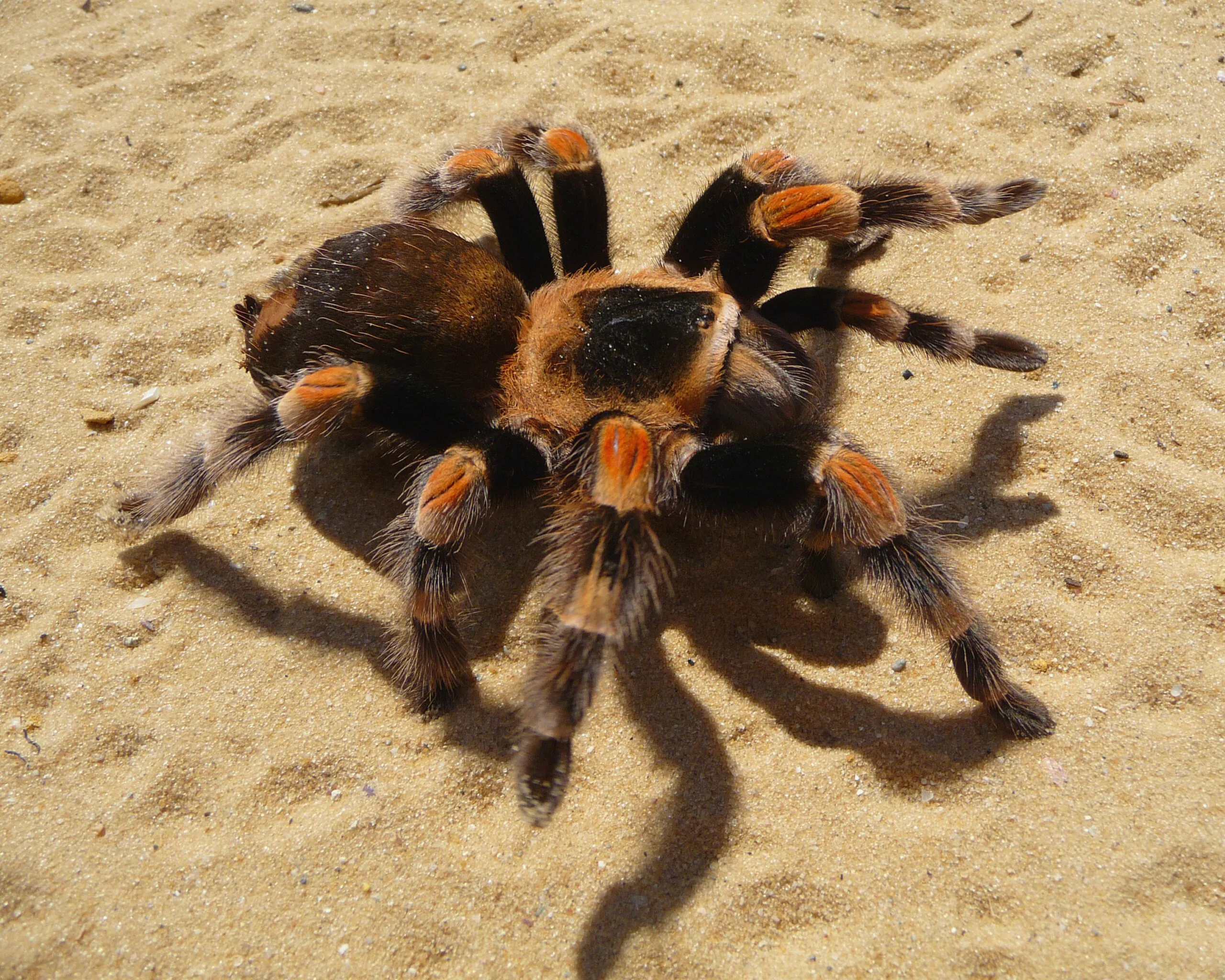
Providing a constant supply of fresh water is vital for your red tarantula. While they obtain some water from their food, a dedicated water source is essential for hydration. Dehydration can be fatal, especially during the molting process. Always make sure that your tarantula has access to the correct amounts of water to keep them healthy and at their best. Make sure the water source is not to large, and is secured in the habitat to prevent any accidents.
Water Source
A shallow water dish, filled with fresh, clean water, should be readily available in your red tarantula’s enclosure. The dish should be shallow enough to prevent the tarantula from drowning, especially for smaller species. Change the water regularly, usually every 1-2 days, to maintain cleanliness and prevent the growth of bacteria. Alternatively, you can use a water gel, which minimizes the risk of drowning. The type of water dish used is dependent on the type of tarantula you have, and the size of the habitat. This will ensure the tarantula has a safe and healthy place to drink when it needs.
Misting
Misting the enclosure can provide an additional source of hydration and humidity, especially for species that require higher humidity levels. Use a spray bottle with distilled water to lightly mist the enclosure walls and substrate. Avoid over-misting, as excessive humidity can lead to mold growth and other health issues. Observe your tarantula’s behavior. If it is consistently hiding or avoiding the damp areas, reduce the misting frequency. The main point is to give your red tarantula a constant source of water to keep it healthy and happy. It is also beneficial for the tarantulas overall health.
Avoid Overfeeding
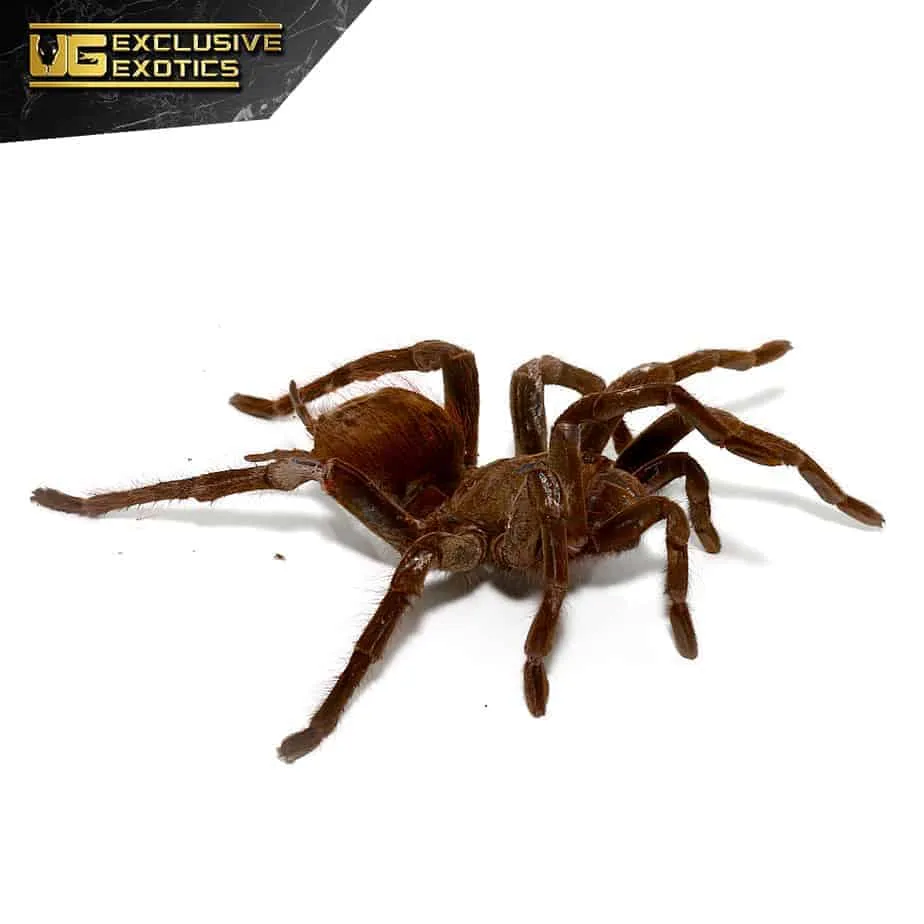
Overfeeding can lead to obesity, which can be detrimental to a red tarantula’s health. It can also put added stress on their digestive system and shorten their lifespan. The ideal feeding schedule depends on the tarantula’s age, species, and individual needs. Regularly monitor your tarantula’s body condition. A well-fed tarantula should have a plump abdomen but not be excessively large. Be patient, as they might not eat for weeks or months, especially before molting. Always offer food in moderation, allowing your tarantula to develop a healthy appetite, and eat it when it is hungry.
Identifying Hunger
Observing your tarantula’s behavior is the best way to determine if it’s hungry. A hungry tarantula will actively hunt for food, exploring its enclosure and showing interest in any moving prey. It might also position itself near the feeding area. If your tarantula consistently ignores the food, it might not be hungry, getting ready to molt, or stressed. Always remove any uneaten food to prevent them from burrowing into the substrate, as well as to maintain cleanliness. Pay attention to the tarantula’s reaction to food. This allows you to have a better understanding of the animal’s needs. This will also help you manage feeding and not overfeed it.
Molting Cycle
During the molting cycle, red tarantulas will refuse food and typically stay in a secluded area. Molting is the process of shedding their old exoskeleton, which allows them to grow. It is a vulnerable time. They will also need to store more water, so keep water readily available. Do not disturb or attempt to feed your tarantula during this period. Provide a suitable environment with proper humidity and undisturbed space. Molting can take several weeks or even months, depending on the tarantula’s age and species. After molting, your tarantula’s appetite will return. You will then know the correct amount of food to provide for them to keep them at their best.
